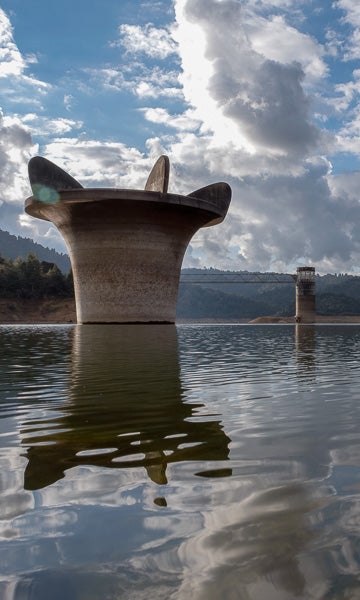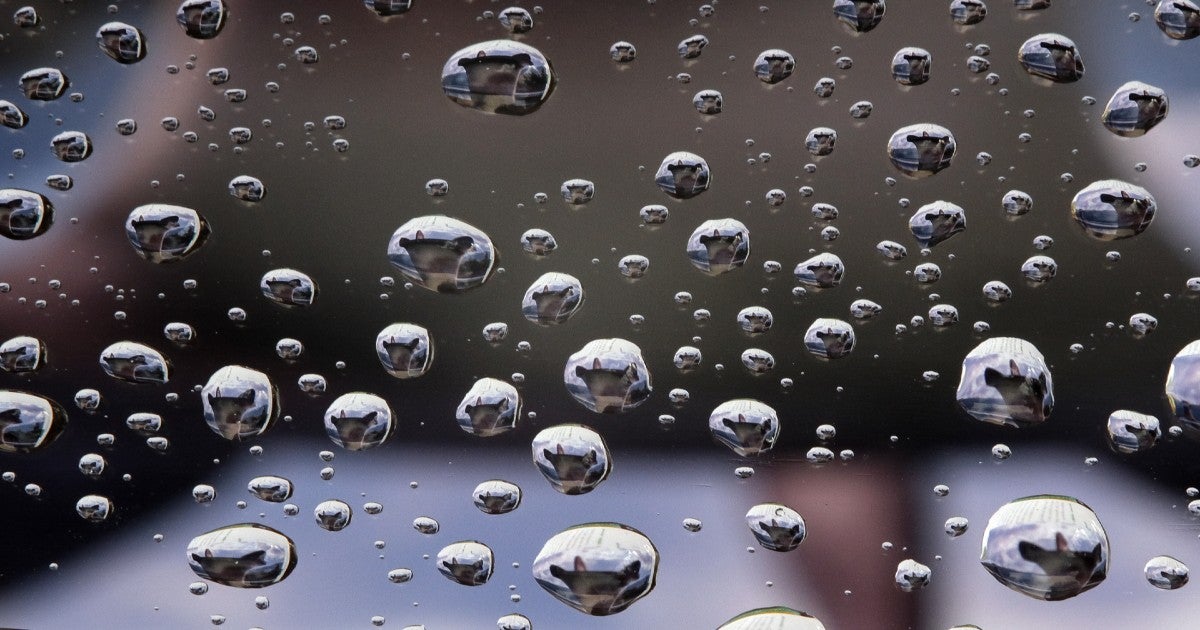From source to tap, a lot of effort goes into getting water from our local rivers, dams and aquifers and transforming it into the high quality product that flows from our taps.
It is the result of research, extensive testing, specialised infrastructure and the work of more than 1000 people. It’s that journey and extensive process which makes water our most precious resource.
Managing our water is a massive task, requiring significant infrastructure. Across Auckland we operate:
- 26 water sources
- 15 water treatment plants
- 85 water reservoirs to store water (concrete tanks)
- 9432 kilometres of water pipes
While we plan decades in advance and continually upgrade and maintain our extensive water network, big spikes in water usage can strain our existing assets. Becoming a more water wise Auckland means we all get the most out of the existing infrastructure.
A lot of Auckland’s water comes from dams in the Hūnua and Waitākere ranges. Prolonged extreme weather events like the 2019/2020 drought can cause dam levels to drop further than normal.
This wasn't the first or the last time Auckland will suffer at the hands of a prolonged weather event. During the first half of 2019, the ‘big dry’ saw total water stores drop to 59.2 per cent. On dry days, water usage often increases as people head into the garden to provide some relief to their parched plants. In February 2020, we saw daily water consumption get as high as 565 million litres, which is a record for Auckland, but not one we’re wanting to repeat.
While the weather is out of our control, how we use water is very much in our hands. If each of us adopts water wise behaviour we can reduce the strain on our precious resource, and when our dams are full we’ll be able to create a healthy buffer for when times get tough.
What is fresh water and where does it come from?
The amount of fresh water on Earth hasn’t changed in millions of years. Water that was once guzzled by woolly mammoths has been recycled through the atmosphere and falls from our skies today. However, what has changed is the number of people needing access to fresh drinking water.
Only 2.5 per cent of water in the world is drinkable. Of this, only 1 per cent is accessible (the rest is frozen in glaciers and snow), making only 0.0007 per cent of Earth’s water available to hydrate 6.8 billion people. That water needs to be collected, treated, and managed to ensure the health of those consuming it.
Auckland's overall demand for water is on the increase
A growing population and expanding businesses are pushing up the total demand for water. Over the past 20 years the city’s consumption has increased by more than 100 million litres a day. Though we’re prepared for this increase, we all need to be mindful of how we use water, especially during droughts when our dams are under added pressure.


